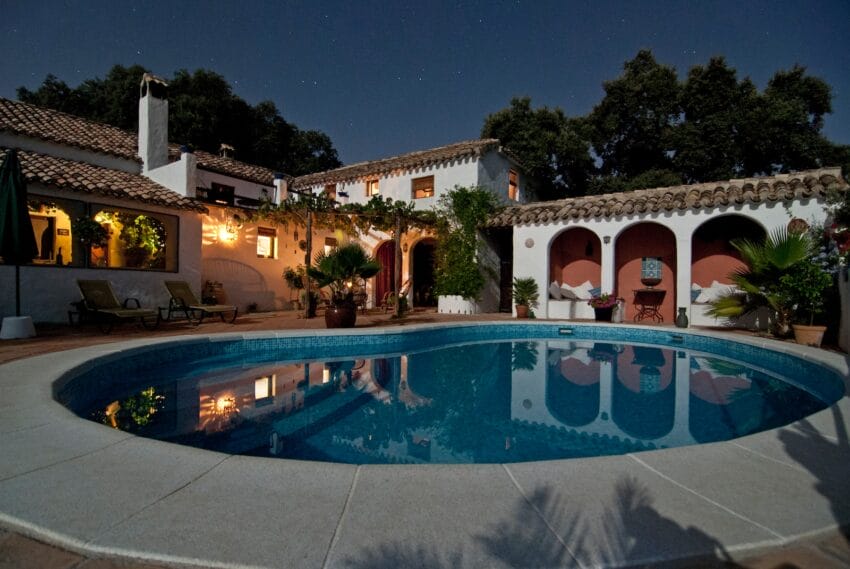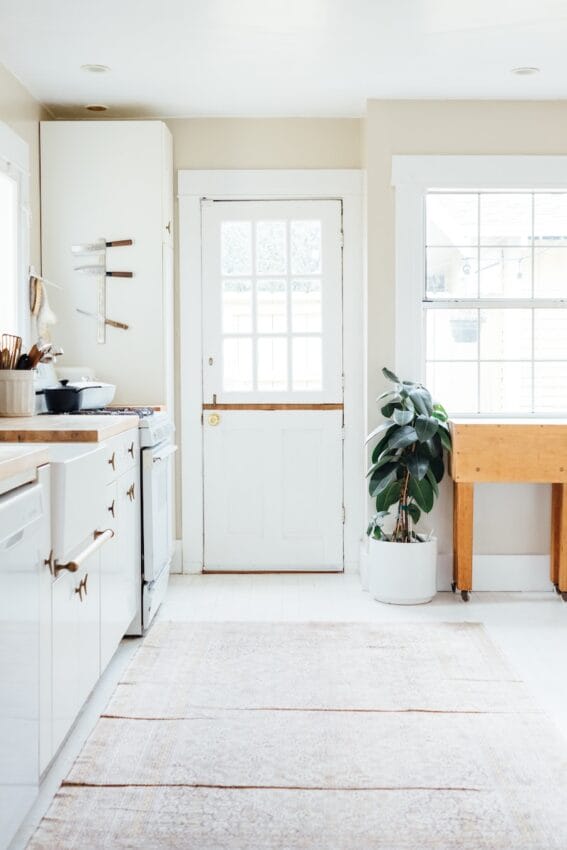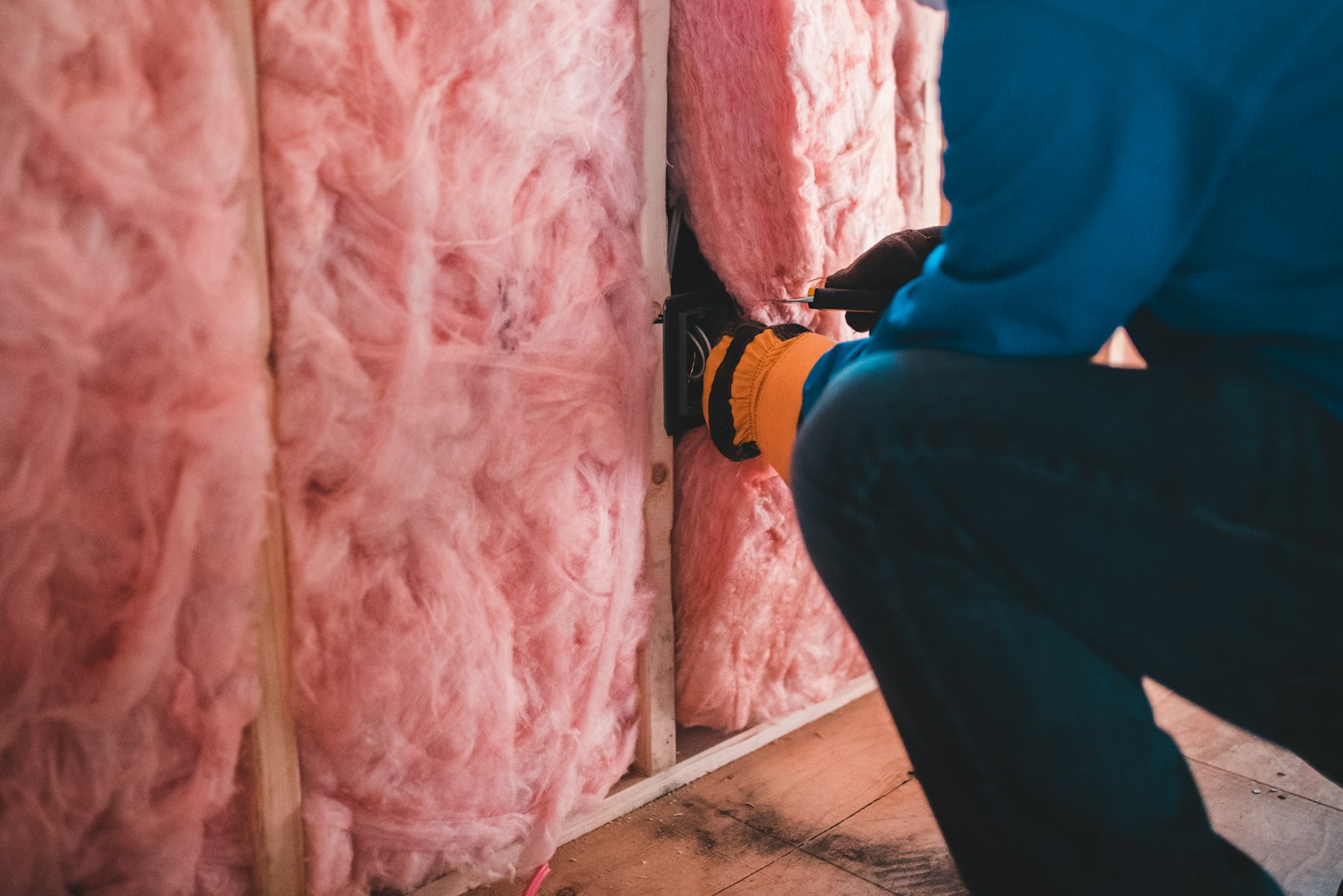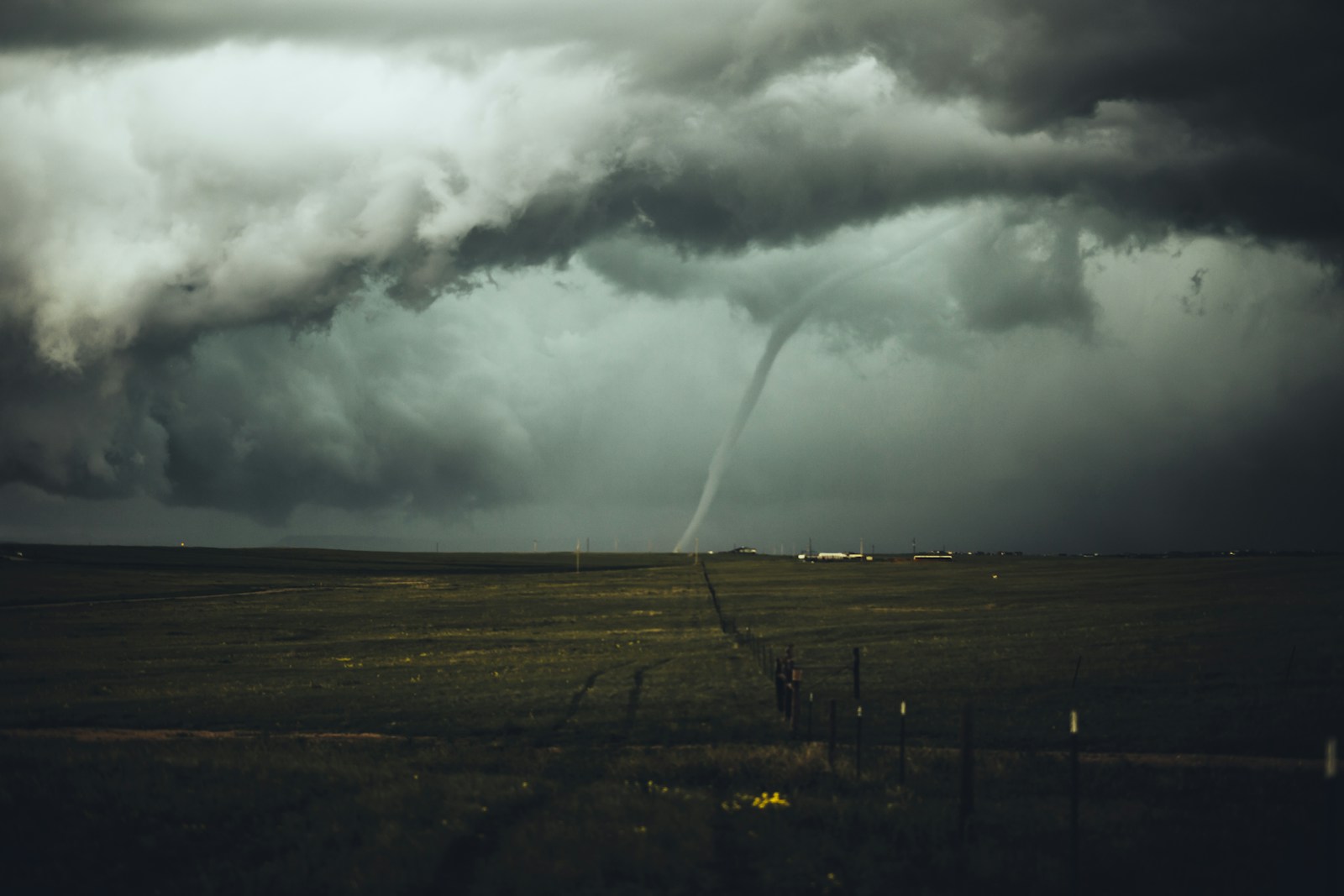You bought an older home for a good reason — maybe you love the unique architectural character, or maybe it was what you can currently afford. In any case, you should know that older homes tend to be radically less energy efficient than homes built within the last decade, both because building codes of the past were less concerned about energy consumption and because wear and tear on the building has reduced its efficiency. As soon possible, you should invest in energy-efficient solutions for your older home, starting with some of the following:
Insulation
Your home was built with a certain amount of insulation in the walls and attic, but over time, that insulation begins to degrade. Sometimes pests like mice and insects chew the insulation apart; sometimes traffic and air flow will cause insulation to leak out. In any case, your home needs insulation to keep the interior temperature steadily comfortable. You might take the time to measure the insulation in your attic, and if you find that it is less than 10 inches deep, you may need to blow in new insulation before the winter season.
Caulk and Weatherstripping
Another way the interior temperature can be affected by external forces is through small cracks and holes in your home’s walls. Most often, cracks form around doors and windows, so at least once per year, you should take a caulk gun and fill in any weak spots you can find. You might also apply new weatherstripping around your doors, which helps to block out unwanted drafts as well as dirt and dust that can blow in during inclement weather.
Upgraded HVAC
Older homes tend to have older systems for heating and cooling, and those systems tend to be woefully inefficient. Clogged filters, leaky coils, rattling motors and more are signs that the HVAC isn’t working as efficiently as it could, and if you continue to require repairs and maintenance on your HVAC month after month, it might be more financially savvy to replace the entire system. Newer HVACs are built with efficiency and longevity in mind, so you might not need to think about your HVAC again after you upgrade.
Energy-efficient Appliances
Some homeowners are so diligent about maintaining their home appliances that they are able to sell their homes with the original refrigerator, oven or washer-dryer they installed decades ago. While these fixtures might be quaint to look at, they probably aren’t even close to energy efficient. If you are going to use your appliances often, you need to upgrade to Energy Star appliances, which radically reduce the consumption of resources like energy and water.
Smart Thermostats
If you have only one piece of smart technology in your home, it should be a smart thermostat. Unlike regular programmable thermostats, smart thermostats connect to the internet, which means you can adjust the temperature of your home from anywhere in the world — as long as you have access to the web. This kind of control over your home’s internal temperature means you can keep your energy bill as low as possible.
Ceiling Fans
Even if you don’t enjoy the look of ceiling fans, you can’t deny the impact they have on how a space feels. Ceiling fans take advantage of the body’s natural cooling systems; by circulating air, a fan can reduce the perceived temperature of a room by more than 4 degrees Fahrenheit, which could result in thousands of dollars of savings due to lower reliance on expensive air conditioning. Even if your older home has lower ceilings, you can install a low-profile ceiling fan in living spaces and bedrooms to benefit from this immensely energy-efficient fixture.
LED Light Fixtures and Dimmer Switches
Incandescent light bulbs transform 90 percent of the energy they pull into heat, not light. In contrast, only 20 percent of the energy used by LEDs becomes heat, while 80 percent shines as light. LEDs are remarkably more energy efficient than older light bulbs, and their popularity has driven down their price in recent years, so everyone should be able to afford them. Even better, LEDs last much longer than traditional light bulbs, so you won’t need to replace them nearly as often.
In addition to swapping all your bulbs for LEDs, you should consider upgrading some of your light switches into dimmer switches. Installing a dimmer switch is extremely simple — an excellent first project if you are just beginning to gain home electrical skills. Dimmer lights use less energy, and because you likely don’t need full illumination all the time, dimmer lights are more functional in your home, as well.
Your older home deserves to function well into the 21st century. With a few simple upgrades, you can make your energy use more sustainable and continue to enjoy the architectural character of your older home.










